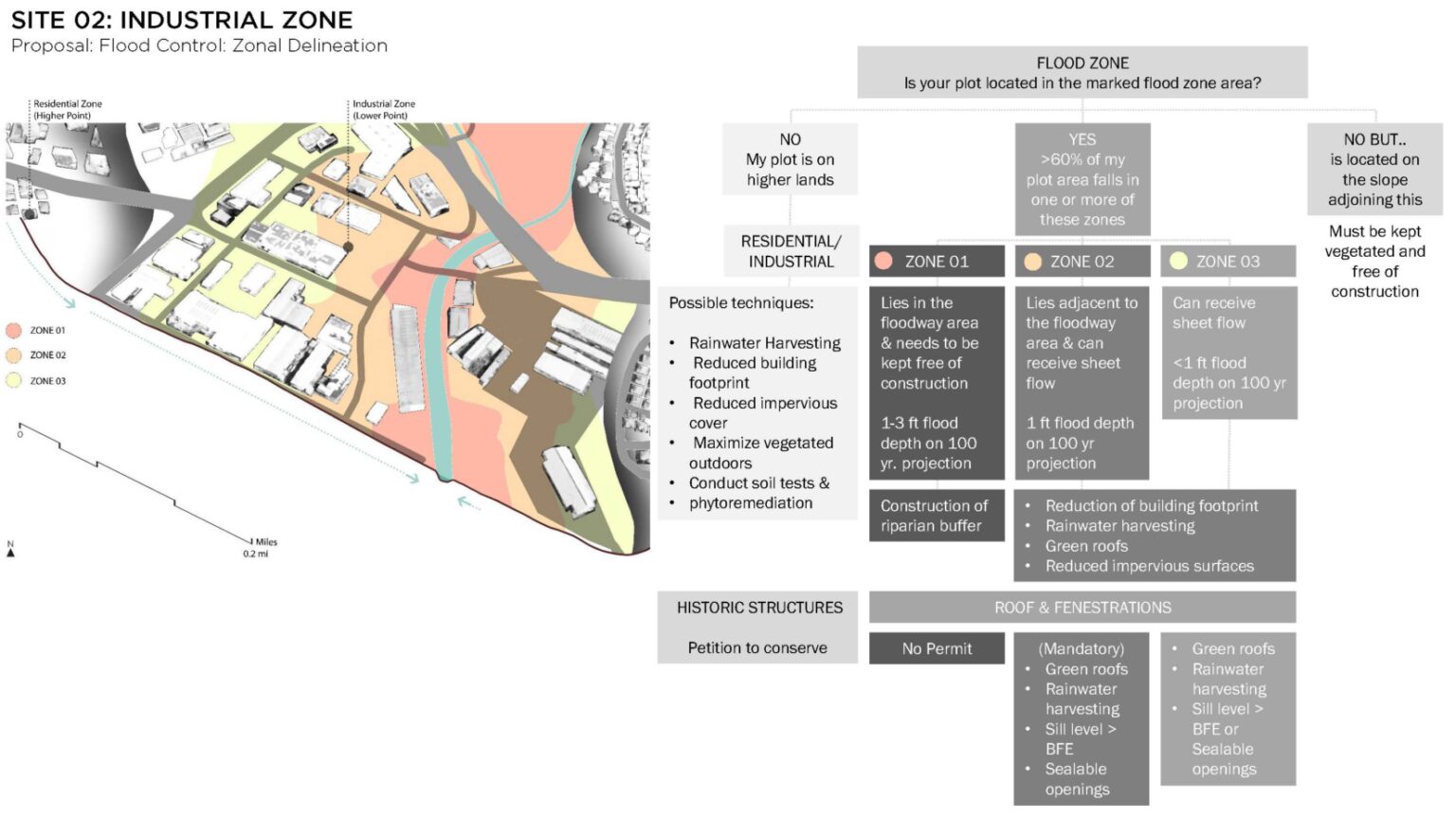Career Opportunities
- Architect
- Facilities manager
- Owner representative
- Interior architect
- Construction manager
- Construction supervisor
- Building surveyor
- Surveyor
- Building conservation
Multidisciplinary Skills
- AutoCAD
- Revit
- Rhino
- InDesign
- 3D printing
- Design
- Computer literacy
- Knowledge of building laws/codes
- Building construction
- Industrial design
Share
Students who wish to practice as professional engineers while drawing on the broad knowledge from architecture may combine the full, ABET-accredited Civil Engineering degree with Architectural Studies for a Combined Major. Students successfully completing the program receive a rigorous engineering training education, enabling a high level of engineering knowledge as well as exposure to a broad range of architectural topics and design experiences. Coursework in the major may enable advanced placement in an accredited Master of Architecture degree program (including at Northeastern), should students later choose to become licensed architects.
Students also have the opportunity to undertake a co-op experience consistent with the policies and opportunities offered within the College of Engineering.
Learning Outcomes
Students who graduate from Northeastern University with a degree in architecture, architectural studies or landscape architecture will have:
- Thorough 2D and 3D representation and modeling skills for deciphering and designing the built environment.
- Awareness of how global socio-cultural contexts influence the built environment, and how the built environment influences global communities.
- Thorough knowledge of sustainable and resilient design goals, strategies, and methods.
- Skills of communication and collaboration necessary for managing complex projects.
- Understanding of fundamental construction systems and techniques that shape the built environment.
- Critical ability to analyze and decipher complex environments.
- Exposure to the diverse range of professional opportunities and avenues for design of the built environment.
- Understanding of ethical responsibilities for designing the built environment.
Co-op Opportunities
- Landing Studio
- Bergmeyer Associates Inc
- Ann Beha Architects
- Elkus Manfredi Architects
- William Rawn Associates
- Maryann Thompson Architects
- Hacin + Associates
- BOS/UA
- Oudens Ello Architecture
- Gensler
- Massport
- Cummings Properties LLC
- Dana Farber Cancer Institute
- MIT facilities






